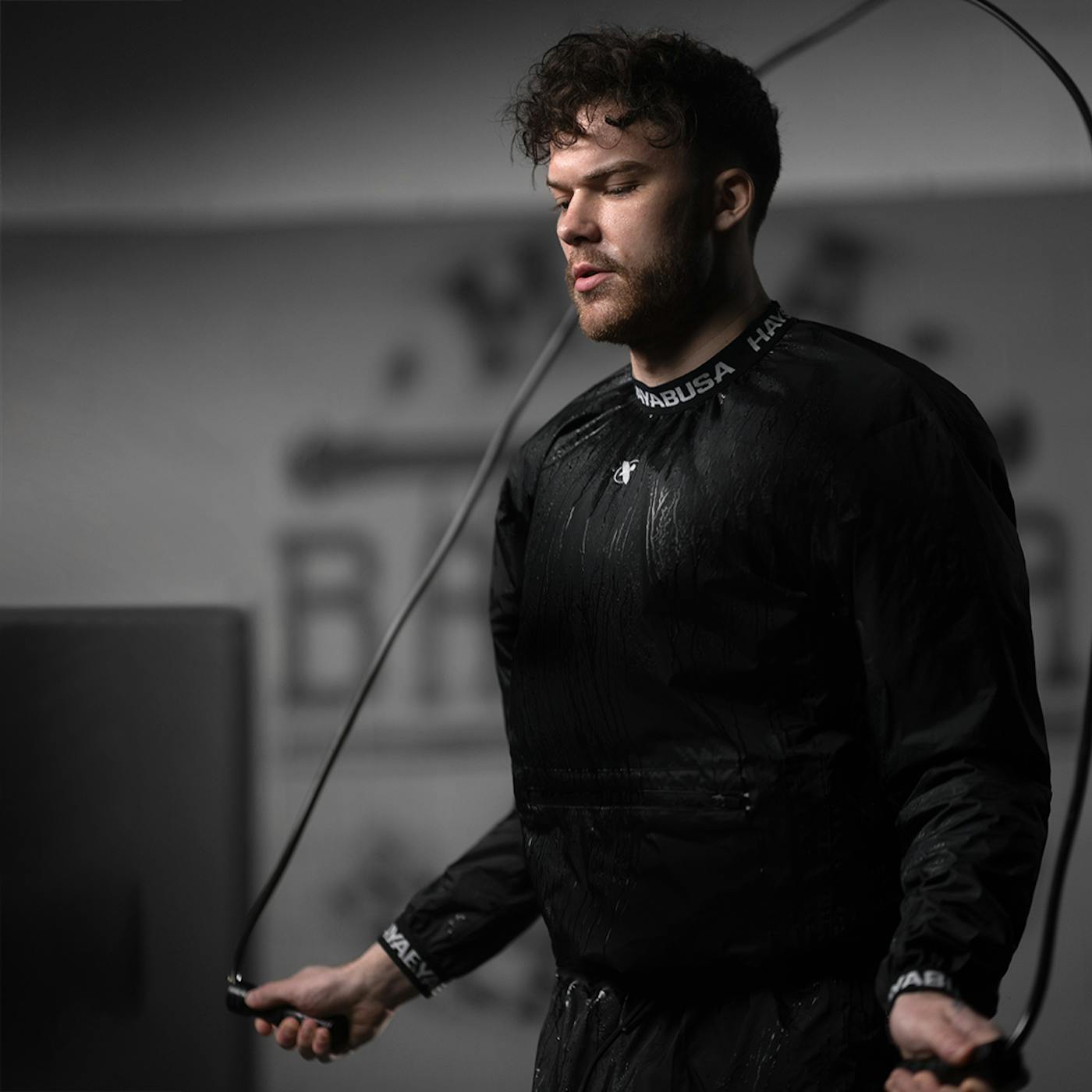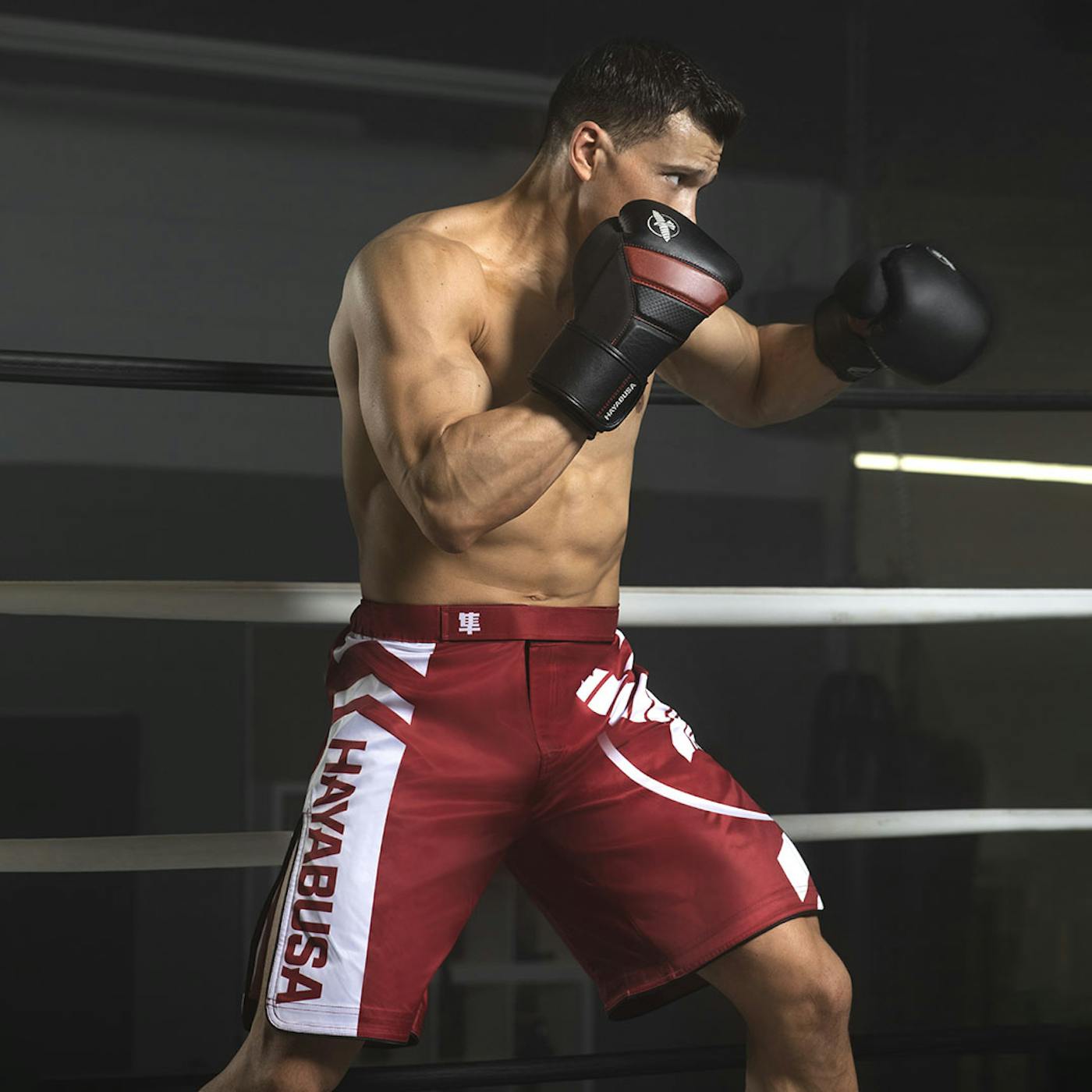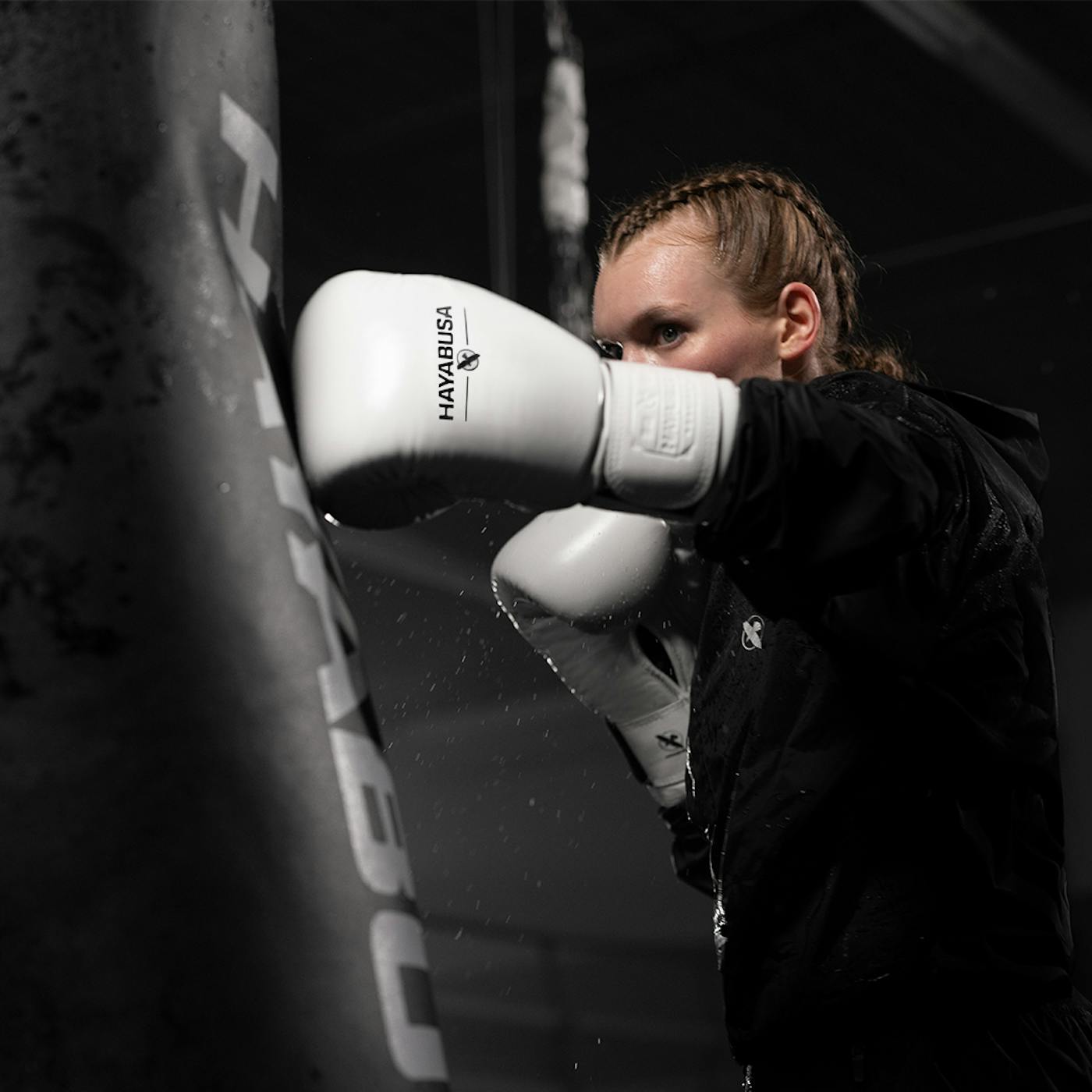Unleashing fight mode requires following a healthy and intentional nutrition and exercise regimen. Boxers must be quick and agile, as well as strong with plenty of endurance for the intense training and competition.
To achieve this, being disciplined outside of the gym is as important as exhibiting discipline inside. Even if you are in the beginning stage of your boxing journey, small but significant changes to your diet and exercise can make a big difference.
In this blog, we’ll take you through what to consider when planning a boxer diet, and what types of exercises work best to build strength and stability as you train.
Once you start following healthy habits, you’ll soon see just how much it elevates your boxing training and amplifies your performance.

Planning an Optimal Boxer Diet
Any athlete will tell you that food equals fuel. It’s no different for those training and competing in combat sports.
So, what do boxers eat?
Not only is it important to eat the right types of foods, but the best diet for fighters also factors in how much food you’re eating as well.
Food Consumption
When considering the best food for boxers, aim for balance as much as possible. This involves incorporating protein, carbohydrates, and healthy fat into every meal.
Stick with whole foods like lean meats and leafy greens; plus, hearty grains for a good combination of what your body needs to meet its daily energy requirements.
Also, ensure you’re eating enough calories per day. Boxing training is high intensity, which means you’re burning more calories than other types of physical activity.
When factoring in an individual’s metabolic rate and weight, the average boxer caloric intake is approximately 3,000 to 4,500 per day, depending on your training schedule.

Meal Timing
When you eat is as impactful as what you’re eating. Focus meals and snacks around your boxing workouts with the biggest meal eaten approximately two hours before each session.
Additionally, your post-training meal is important to replace the energy burned during your workout. Rather than relying on three, massive meals daily, consider eating healthful snacks and smaller meals every few hours.
This provides a steady stream of nutrition for fighters throughout the day and will prevent feeling sluggish and overeating at meals.
Curious as to what specific foods are best for a boxer diet? Here are a few, simple ideas:
Pre-Fight Foods
Pre-fight foods are all about building enough fuel for your workout. Carbohydrates do the trick, as long as you stick with whole foods like whole grains, fruits, vegetables, and beans, and stay away from processed foods.
In general, whole grains should make up about one-fourth of a meal, with fruits and vegetables taking up about half of what you eat. Aim for this type of balance when choosing which foods to eat.
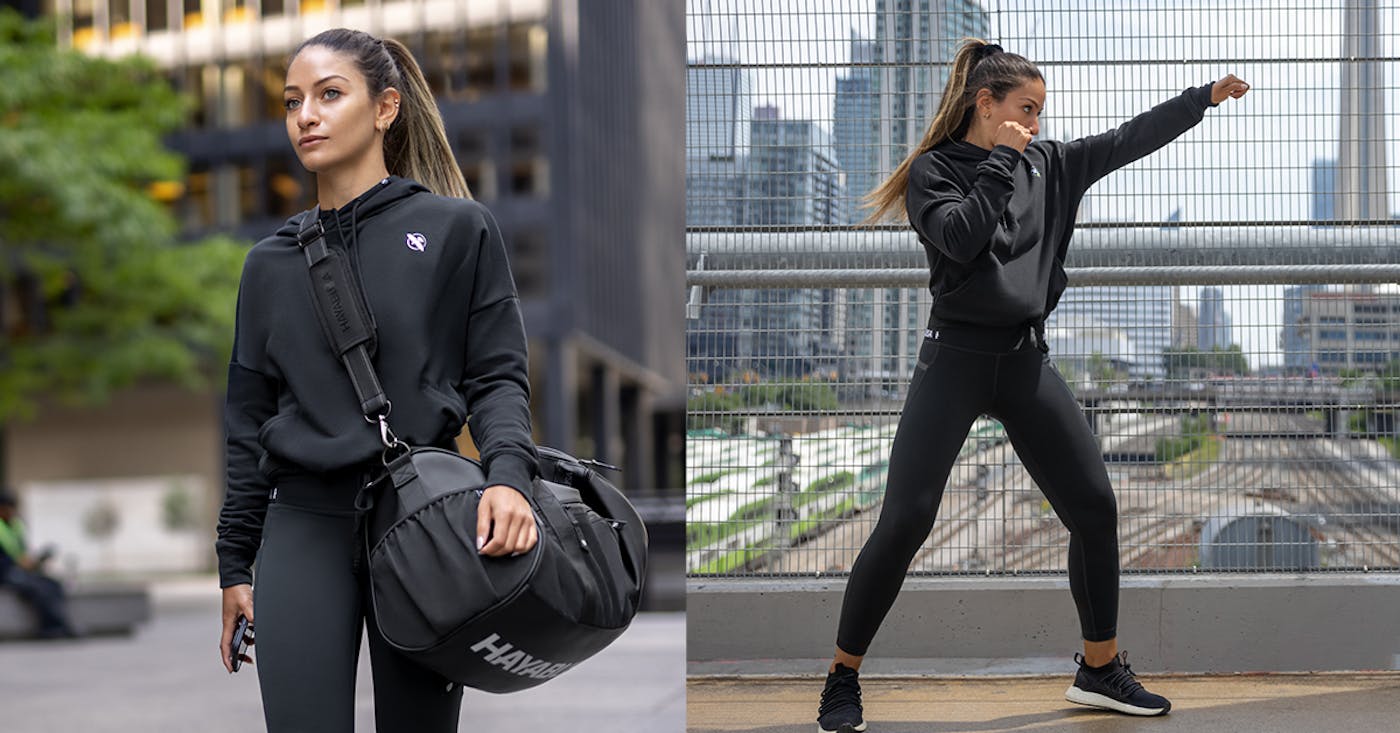
Post-Fight Foods
Alternatively, protein is an important addition to a post-fight meal as your muscles grow and go through repair with every workout. It’s also necessary to replace nutrients lost during boxing training, which means incorporating carbohydrates as well as plenty of water is valuable.
Lean meats like chicken or beef, cottage cheese, Greek yogurt, and whole grains balance out a good post-workout meal. Hard-boiled eggs are another excellent source of protein. Have a couple always prepared and ready to go in your fridge for a quick and healthy snack.
Eating While Training vs. Competition Prep
The boxing diet you follow when training may differ slightly when it’s time for competition. When aiming for a certain weight class, it may be necessary to gain or cut weight quickly.
For instance, a lightweight fighter is likely to focus more on eating lean proteins and complex carbohydrates to maintain speed and agility without adding extra weight.
Whereas, a heavyweight fighter typically consumes a higher calorie intake with a greater focus on adding protein for bulk and power.
However, regardless of the weight goal you have in mind, always make sure you’re eating healthful foods with plenty of fluids to stay hydrated. Skip quick-fix diet programs as they can add stress to the body.

Is a Boxing Nutritionist Necessary When Competing?
Fighters preparing for competition may refer to a boxing nutritionist to get an exact meal plan. This can be helpful for diet accuracy and accountability, although it’s not a necessity to reach your fighting goals.
A go-to rule to follow is to treat your body to a solid nutrition plan. This will help your performance no matter what level of boxer you are. Then, once you have a handle on your specific dietary needs, keep in mind that maintaining a regular boxing workout routine is equally crucial.
How to Burn Calories
Even when eating the right combination of foods, there are certain exercises to help you burn calories to stay lean. As with a boxing diet, workouts should have a variety of strength and cardio exercises.
A boxing session can already burn thousands of calories, depending on how strenuous and consistent your training is. But a boxing workout isn’t only about landing punches. Here are other strength and cardio exercises to add to your repertoire.
Strength Exercises
Muscle helps you burn fat more easily, making it beneficial to add strength training to your boxing training workouts.
However, the goal in boxing is to stay light on your feet, so strengthening muscles rather than adding bulk is key. Simple strength exercises to add to your everyday routine include pushups, squats, and core exercises.
Cardio Workout for Boxing
While building muscle helps you to shed fat, cardio is the number one way to burn calories. In addition to the punches and pivots you’ll practice in the gym, other boxing cardio exercises include jump roping, sprawls, and running.
Mix up your routine to keep your cardio workouts fun and easy whether you’re in the gym, at home, or on the road. And, for an extra boost of intensity, consider wearing a workout sweat suit to amplify your cardio output.
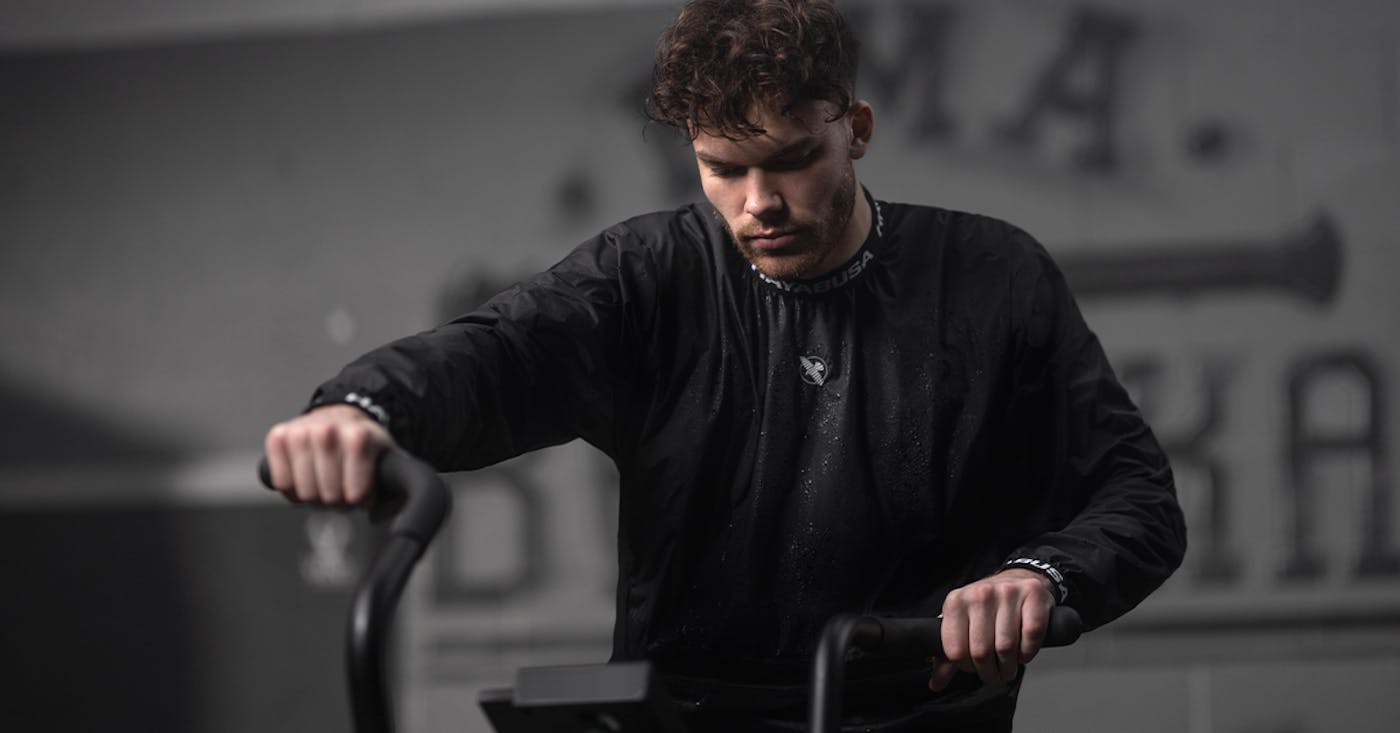
Sauna suits are nothing new for professional boxers needing to cut weight quickly. However, if you’re not as familiar with them, you may be wondering do sauna suits work?
Like the name suggests, sweat suits increase the intensity of workouts by amping up sweat levels. The unisex Pro Sauna Suit is available with or without a hood and designed to maximize heat retention and deliver rapid calorie burn.
It also aids in injury recovery by improving blood circulation and muscle relaxation.
A comfortable oversized fit means you won't feel restricted, and the zippered sides make it easy to remove.
Feel the burn when you train with this sauna suit and experience how much it improves your strength and endurance.
Hayabusa Pro Hooded Sauna Suit

Hayabusa Pro Sauna Suit

Hayabusa Pro Hooded Sauna Suit

Hayabusa Pro Sauna Suit
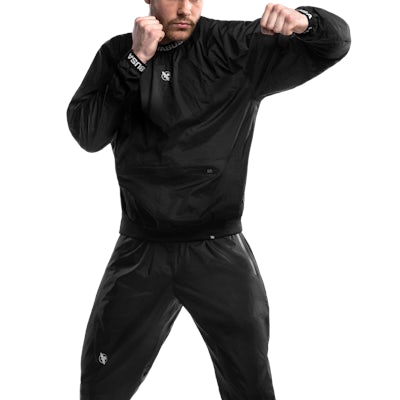
Eat Smarter, Train Harder with Hayabusa
Equating nutrition with fuel will help you create a fighter diet that naturally complements your workout goals. Whether it’s to lose weight, build muscle, or simply have more energy, a regular workout diet plan will have you feeling and performing your best.
At Hayabusa, we’re dedicated to equipping fighters with all the gear, apparel, and equipment they need to reach their training goals and amplify their hard work. There’s no better time to start a healthier routine than today.
